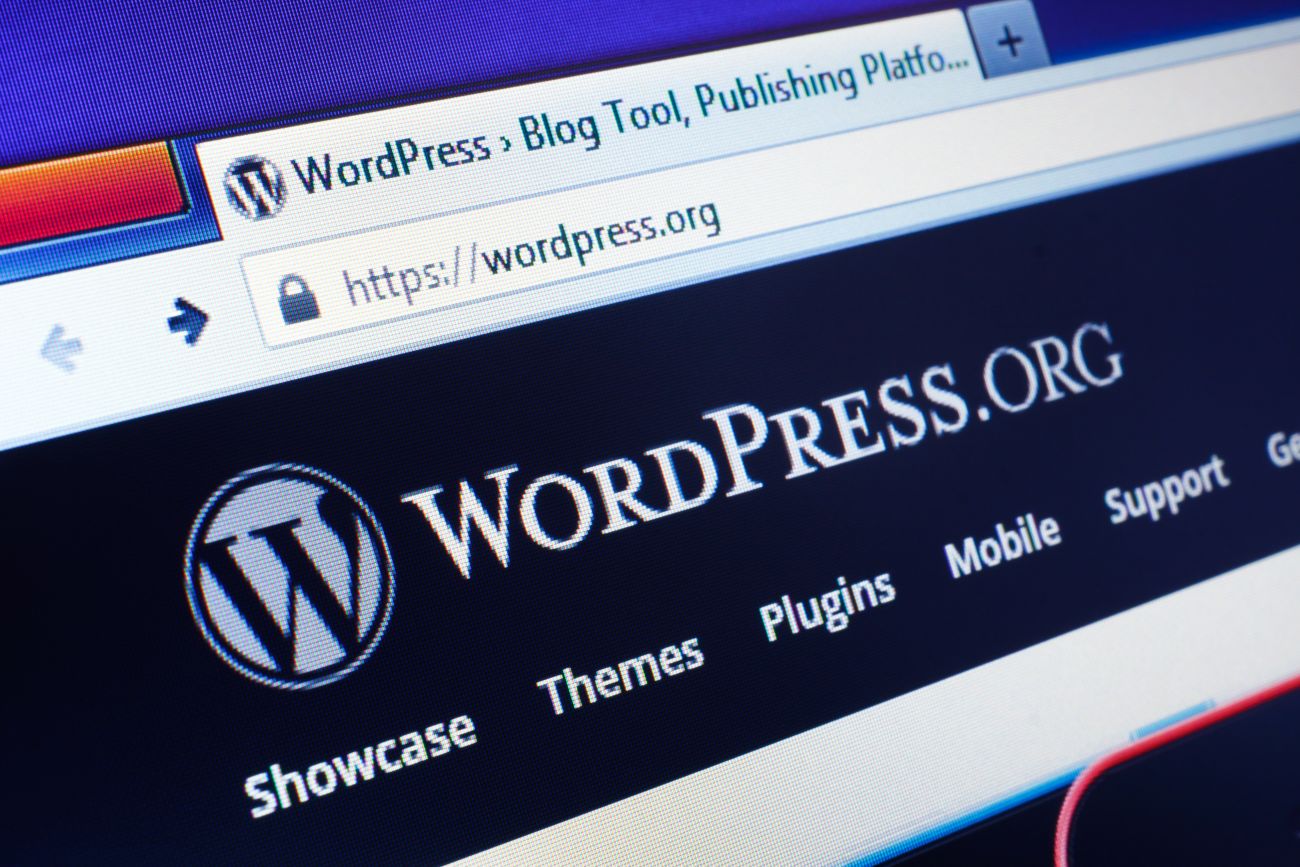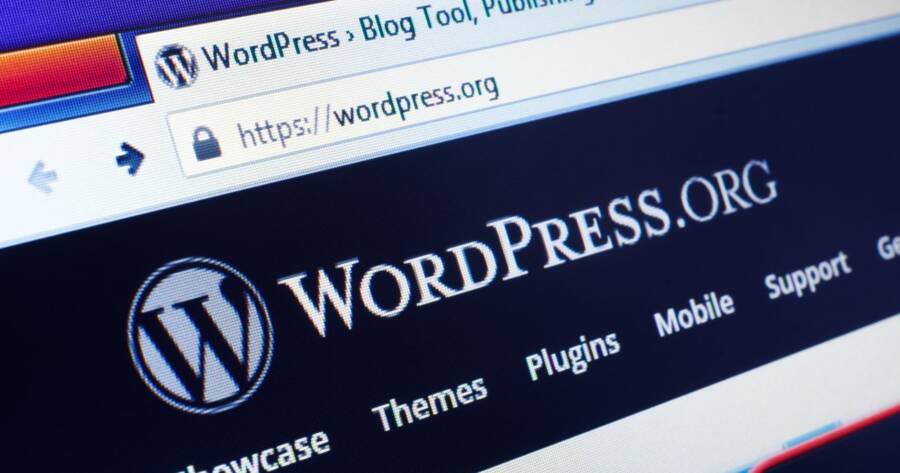Having your own website gives you a platform for sharing information, promoting services, or selling products. It provides visibility and credibility for your business and expands your reach beyond the local market. If you need a “home base” for your personal brand, a customized site can meet your needs.
While it’s possible to reach an audience using social media, you’re always fighting to be seen in feeds filled with thousands of messages. Designing your own website creates a central space for your online presence, distinguishes you from the crowd, and lays a foundation for your personal or business endeavors.
Modern site building tools allow you to establish a web presence even if you don’t have any knowledge of code. Get started today with this guide to creating your first website.
Starting Your Website from Scratch
In the past, building a website meant starting with a blank page and building everything from the ground up. Today’s webmasters have more user-friendly options in the form of web design software and online website builders. Instead of spending weeks struggling with complex code and fixing endless errors, you can design a site in just a few hours or days.
If you’re a beginner, free tools like Wix and Weebly provide ready-made site templates with easy tools for making the designs your own. Layouts created using these editors can’t be saved, exported, or used for other sites, however. Squarespace offers similar ease of creation with the option of exporting content should you decide to switch platforms. Many web hosts also have site builders with drag-and-drop editing capabilities to get sites up and running quickly.
A content management system (CMS) gives you the greatest amount of control over the look and feel of your site. Popular CMS options include WordPress, Joomla, and Drupal, all of which can be installed and set up in just a few minutes. Dreamweaver, CoffeeCup, and other software programs allow you to create a website on your computer before uploading it to the web.
Website Hosting Options
You need a reliable host in order to publish your website. Depending on your needs, you can choose one of three main hosting types:
- Shared hosting gives you a small portion of a server shared with many other users and is best for small websites without a lot of traffic.
- A virtual private server (VPS) offers more space by dividing a server into a few smaller “virtual” server environments with more freedom and flexibility.
- Dedicated server hosting provides an entire server for a single website so that you can install your own applications, manage minute details. and handle high visitor numbers without sacrificing site performance.
VPS and dedicated servers can also be used in a managed hosting setting. Managed hosts handle upgrades, maintenance, and other background tasks and provide help in case of emergencies. This allows you to take advantage of the power these environments offer without spending all your time on virtual housekeeping.
What’s the Theme?
Before you can design your site, you must establish its purpose. Do you want a blog to share thoughts, news, and insights? Are you planning to expand a physical business into the digital realm? Do you need a better way to spread the word about your services? Defining the reason for your site can help you choose the right theme and layout to convey your message.
Basic site designers show theme options when you first start out. This gives you a chance to browse for a suitable theme before getting started. CMS options offer a limited number of inherent themes, but many free and premium options are available from creators and theme libraries across the web. Talented designers have built themes for just about every possible site type, and many premium options come with extra support so that you can get help with setup if you run into a problem.
A Guide to Site Design
After finding a site builder, hosting platform, and theme you’re comfortable with, you can begin to create your site. User experience is key, so think like a first-time visitor when designing the layout. Successful sites combine several elements to establish an interface suitable for desktop and mobile users:
- Simple navigation located along the top of the page
- Responsive images with the ability to resize to fit any screen
- Contact information displayed prominently on every page
- Calls-to-action and other important information above the fold
- Intuitive search boxes
- Social media Follow and newsletter signup links
- Site copy broken up with headers and bullet lists for easy browsing
Arrange site pages to naturally draw the eye toward the most important information. For example, if you want visitors to sign up for a product demo, place the signup box near the top of the page with images like arrows to indicate the action to be taken.
Claiming Your Domain
Your domain should reflect your brand or the main theme of your site. Most hosting packages offer domain registry services either for free or at a discount when you sign up. When taking advantage of free offers, check to see if the domain is free for life or just the first year. Make sure the domain belongs to you after registration and isn’t locked to the providers so that you can retain ownership if you change hosts in the future.
Once your site is ready to get up and running, it’s time to share your new web presence with the world. You’re ready to showcase your ideas, services, or products in a professional, accessible way and have a central place to which you can link social media profiles to drive more traffic.
Getting started with your own website isn’t a complicated process, and the benefits of having a branded space on the web continue to grow over time. Keep an eye on site traffic, and make changes according to visitor response to provide a positive user experience and establish yourself as a leader in your niche.
 Evan Lorne / Shutterstock.com
Evan Lorne / Shutterstock.com


